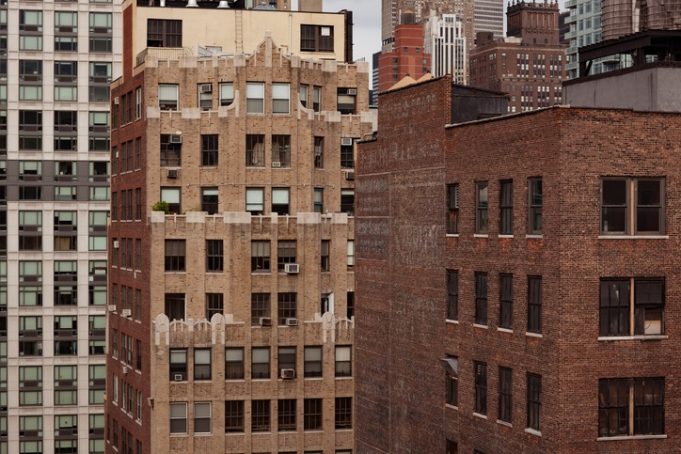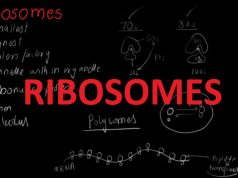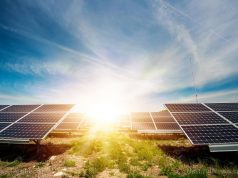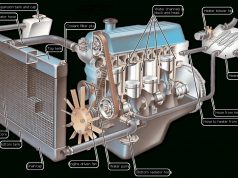According to business developer Jim Broughton in The Green Building Revolution (by Jerry Yudelson and S. Richard Fedrizzi, Island Press, 2008) green renovations to existing buildings in order to use less energy will one of the largest areas of growth for green buildings.
Green Home Improvement
A low-cost renovation that can lead to significant energy bill savings is proper insulation. Pipes, water heaters and attics are the usual trouble areas in U.S. homes, but windows and doors can also be easily and cheaply improved to hold in more heat during the winter and more cool air during the summer.
Other green home renovations can be as simple as buying a water filter instead of buying bottled water, which will save both a significant amount of money and reduce the amount of CO2 created by the plastic’s creation and decomposition. Water saving devices in both the bathroom and kitchen can lead to passive energy savings that can easily pay for themselves in a relatively short amount of time.
Lastly, switching out incandescent light bulbs for compact fluorescent light bulbs will cost more in up-front costs but will last longer and use much less energy over their lifespan.
Green Home Remodeling
One of the easiest ways for homeowners to reduce energy bills and make their house more energy efficient would be updating existing structures, such as upgrading appliances to ones that are Energy Star certified. Refrigerators, clothes washing machines, dryers and hot water heaters see the largest margin of improvement when replaced by higher-efficiency models. Switching out those appliances can save the average family several hundred dollars per year in energy usage, according to Architect Eric Freed in Green Building and Remodeling for Dummies (Wiley Publishing, 2008). Small changes make a significant difference in terms of energy usage: Freed writes, “If every home in the United States used an Energy Star refrigerator, we could close ten aging power plants.”
Families could save even more more in energy costs by installing a clothesline to dry clothing, especially in sunny areas. For those willing to invest both time and money into green home renovations, converting a wood-burning fireplace to natural gas will also result in home energy savings.
LEED Standards for Existing Buildings
The Leadership in Energy and Environmental Design (created by the non-profit U.S. Green Building Council) is the standard in green architecture and building design. The program has only created standards for green building operations and maintenance so far, and the cost of getting a building LEED-certified is cost prohibitive for most families. Registration costs for the program are close to $1,000 with requisite certification fees paid at specific building stages.
Additionally, the cost for the LEED-required home renovations themselves have been slowly decreasing as the technology for the renovations becomes more mainstream, but solar panels and green roofs are just two examples of the expensive renovations that are still out of reach for average American families.
Existing homes and properties using sustainable, energy efficient materials and practices helps to lower CO2 emissions and may end up lowering the energy bill over time.


















